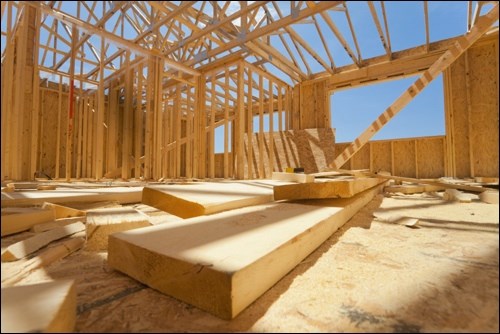There is a constant struggle within the planning and development world to decide who should pay for the costs of subdividing. Depending on whom you ask, each party will have a different perspective — municipalities, the provincial government, land surveyors and the developers themselves. So who should pay?
First of all, what costs are being discussed? When an acreage is subdivided out of an agricultural parcel, this typically means two houses can be built (one on the acreage and one on the remaining parcel). This means two approaches, more wear and tear on the municipal roadways, more garbage going to transfer sites and landfills, more sewage to the lagoon (if the subdivided parcel is under 10 acres) and so on. The existing ratepayers have been paying taxes that contribute to the basic maintenance of the existing municipal servicing (as taxation is typically not a revenue generator), and subdivisions usually take advantage of existing infrastructure to market their development. This is often why as soon as a new road is built, more requests for subdivisions and houses begin to be received by the municipality.
Developers want to make as much money as possible selling their subdivision, which means they want to reduce their costs as much as possible. The general mentality tends to be their subdivision will be diversifying the municipal tax base, and the municipality will have more taxes to draw from. If the municipality costs increase, then they would be discouraging development through increased costs, right? Developers don’t want to bear the costs of building that new road because someone else will subdivide on the opposite side of that newly constructed roadway in a year and not contribute to those construction costs.
From the municipality's perspective, infrastructure construction is not cheap, and most can’t afford to solely pay for all the construction or upgrades of roads, lagoons, transfer sites and so on. The taxation system in place is for the maintenance of the existing infrastructure with existing demands, and any new construction or upgrades will result in the municipality having to find additional money somewhere, or raising taxes to cover the costs of these new expenses to accommodate a new subdivision. The municipality will assume the responsibility of maintaining that new road once it’s constructed, so why should they have to build the road, too?
Land surveyors want to make their client happy, so they try to negotiate between the parties, but with the intent of helping whomever their client is, municipality or developer. In this road example, they may suggest both parties cost share the road because the municipality is getting more taxes and the developer is paying to install municipal infrastructure.
Then there is the province. They want to see costs paid upfront by someone so that, at a later date, the municipality isn’t calling for provincial funding. Recent planning and development sessions hosted in the area included interesting statistics that state in a 40-year infrastructure cycle (which is the average lifespan for infrastructure) the costs are broken down as follows: operating and maintenance – 58 per cent, refurbishing – 29 per cent, construction – 8.7 per cent, transition – 3.3 per cent, design – 0.9 per cent and planning and surveying – 0.1 per cent. Session facilitators typically encourage the municipality to require the developer to pay for the construction and upgrade costs through the signing of a servicing agreement and contribute, at minimum, 13 per cent (construction, transition, and planning and development) of the costs for that infrastructure.
So who should pay? Regardless of which position you take, the subdivision construction costs will get paid somehow: either paid at the beginning by the developer or later by the municipality’s ratepayers through taxation. One thing is for sure, it is your municipal council that has to make the decision on who should pay, and this is a tough decision. Councils should have policies adopted and defensible cost evaluations to support consistent decisions.
— S. Yvonne Prusak is a municipal planner with a number of municipalities in Northwest Saskatchewan, and specializes in land use planning and development.




